Huzhou has a set of "Little Red Books" in Ming Dynasty! It turns out that the ancients were so particular about traveling.
When the ancients traveled, they not only had to make detailed strategies, but also punched out "friends circle"!
Recently, in the world’s rural tourist town — — The Shuang Yuan Pavilion in Lu Village, Balidian Town, Wuxing District, and three books written by the Shen family in the Ming Dynasty attracted everyone’s attention.These three books sort out the ancient domestic and international tourist punch points, as well as the local scenery, biology and food. They are the necessary guides for the ancients to understand the world and travel, and are called the ancient "little red books".
According to historical records, Huzhou has been a place of online celebrity where scholars are keen on punching cards since ancient times. Su Dongpo and others also traveled deeply here to call Huzhou. What does this ancient "little red book" look like? How did the ancients immerse themselves in tourism?
Essential guide to traveling around the world
What does "Little Red Book" look like in Ming Dynasty?
"The Shen family living in Lu Village was the first to systematically study ‘ World rural tourism ’ Theoretical system. " Recently, Chao journalists walked into the Shuang Yuan Pavilion in Lucun, a rural tourist town in the world. This set of three books, known as "Little Red Books" in the Ming Dynasty, was displayed in a conspicuous position in the exhibition hall.
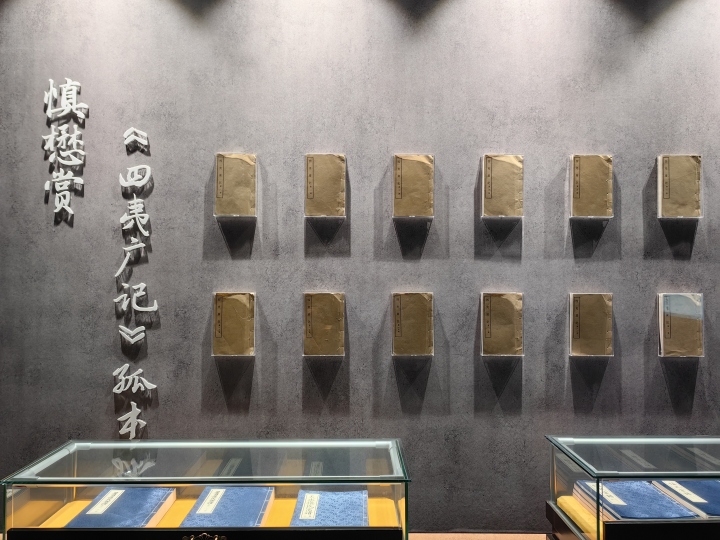
Four Yi Guang Ji
Gan Yongfu, president of Zhejiang Rural Tourism Research Institute, secretary-general and resident chairman of the World Rural Tourism Council, introduced that this book system recorded the scenic spots of world rural tourism in the Ming Dynasty and the punching points of eating, drinking and playing, which was an essential guide and play strategy for people to travel at that time.
Since the beginning of this year, Huzhou has launched a study on the source of world rural tourism, and deeply explored the cultural characteristics and origins shared by Huzhou and the world rural tourism. In the process of combing historical materials, it was found thatShen Meng’s "A Survey of the World’s Famous Mountains and Victory", Shen Mao’s "Four Yi Guang Ji" and Shen Maoguan’s "Rare Notes on Flowers, Trees, Birds and Animals in Huayi".Each of the three books has its own emphasis, and jointly constructs the "Metauniverse of World Rural Tourism in Ming Dynasty".
Shen Meng’s "A List of Famous Mountains and All the Best in the World" recorded all the famous mountains and rivers, local customs, species and specialties in China at that time, recorded about 1317 famous mountains and scenic spots in Beijing and thirteen provinces in the late Ming Dynasty, introduced their geographical location, historical background, main landscapes and their characteristics, and attached the travel notes of celebrities related to these scenic spots, which can be said to be "a book in hand, the world can travel"!
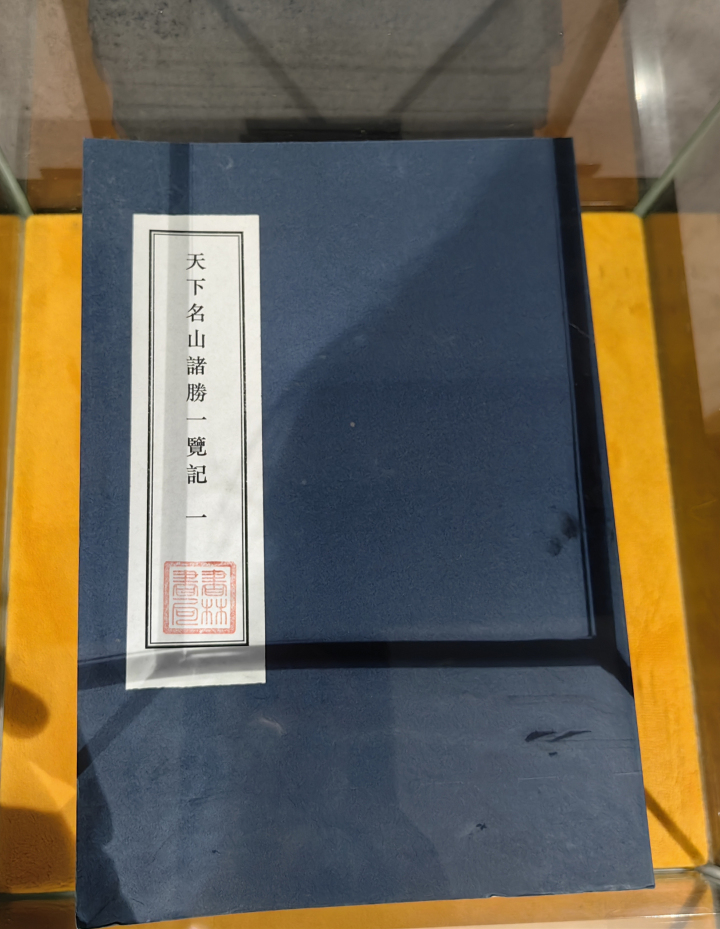
A list of famous mountains and victories in the world
Shen Mao’s "Four Yi Guang Ji" written on the basis of his father Shen Meng has a broader vision. In ancient China, the mainland was regarded as a celestial dynasty, and other places were called "Yi Di". Therefore, "Four Yi Guang Ji" includes "Dongyi Guang Ji", "Xiyi Guang Ji", "Beidi Guang Ji" and "Hai Guo Guang Ji", which mainly describes the customs of the countries around China. Among them, Hai Guo Guang Ji is one of the important documents that record the Maritime Silk Road in Ming Dynasty in detail, and the whole book can be described as a guide to world rural tourism.
Shen Maoguan, Shen Meng’s eldest son, wrote "An Examination of Rare Flowers, Trees, Birds and Animals in Huayi", which is a supplement to the previous two books. He compiled all kinds of rare species, customs and curios in China and neighboring countries, and refined them in three major items: flowers and trees, birds and animals, curios. It is a set of biodiversity survey series containing "rural tourism native products".
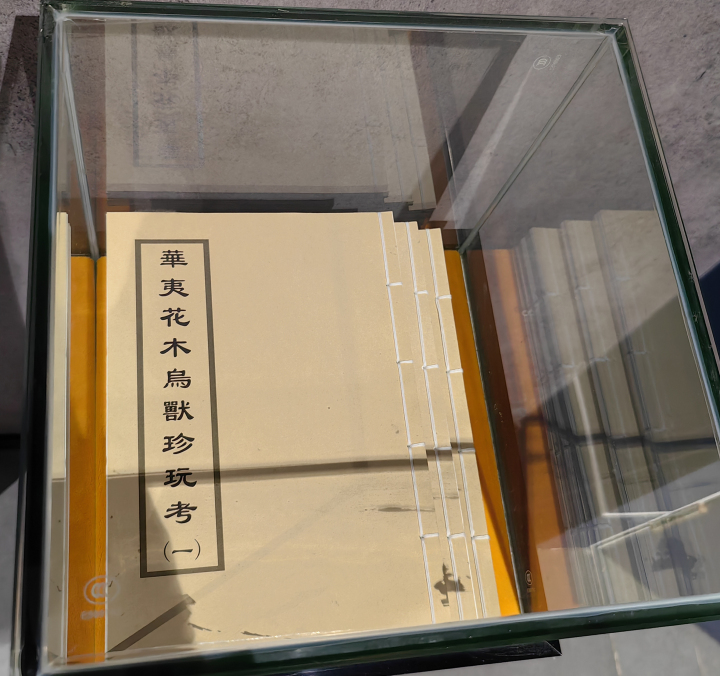
Textual research on exotic flowers, trees, birds and beasts in Huayi
In fact, before the compilation of this set of "Little Red Books" in the Ming Dynasty, the famousShan Hai Jing and Shui Jing Zhu are famous travel classics in ancient times..
As an encyclopedia of ancient social life, Shan Hai Jing not only records dozens of dangers and solutions that may be encountered during the journey, but also records more than 100 kinds of wild vegetables and game, which is simply a survival manual and a life-saving guide.
What should I do if I’m afraid of getting lost and I don’t have navigation? Then the best way is to buy another book, "Shui Jing Zhu", which includes mountains, rivers, hotels and geographical routes.
Su Dongpo organized a tour of Huzhou.
The ancients also sent "friends circle" when punching cards.
"Huzhou has been a place in online celebrity where scholars and writers compete to punch cards since ancient times." Gan Yongfu said that the Academic Research Report on the Source of Rural Tourism in the World, released at the recent symposium on the source of rural tourism in the world,Huzhou people first coined the word "tourism"And the earliest popular rural tourism destination — — Mount Yao is also in Miaoxi, Huzhou.
According to Ye Mengde’s "Summer Stories" in the Southern Song Dynasty, "the mountain is the place where Xia Yi visited the hunting ground." During the Xia Dynasty, the emperor Yi Yi made a hunting tour and chose Yi Shan as his destination, which was the earliest imperial country residence in legend.
After the Han Dynasty, the emergence of the "Nine-grade Zhengzhi System" made the gentry who had money, leisure and motivation go out together to indulge in the mountains and rivers.
Shen Yue, a native of Huzhou and the founding hero of Southern Liang Dynasty, once wrote a poem "Tourism attracts tourists in the spring of next year", which is the earliest record of the word "tourism".
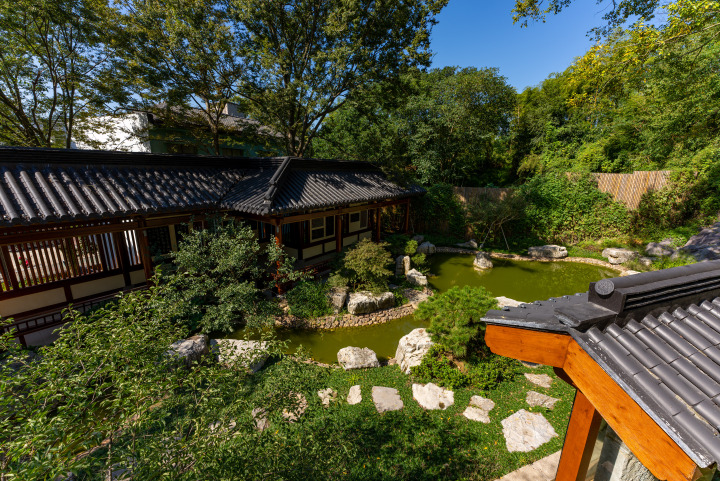
Miaoxi mountain
The ancients also liked to send "friends circle" when traveling in the countryside.If you don’t have a camera, then splash ink and freeze the beauty with paintings; Be shocked by mountains and rivers, then write a few poems to express your feelings directly.
The reason why Huzhou has been a punching place in online celebrity since ancient times can be seen from the "circle of friends" sent by the ancients.
Li Bai, a poet, traveled thousands of miles to Huzhou. In order to find Huzhou wine, he wrote a beautiful sentence, "Why should Huzhou Sima ask, Jin Su Tathagata is the back?" Liu Yuxi searched for tea and wine in Huzhou, leaving a circle of friends, which was talked about by later generations.
However, among the literati of past dynasties,On qiSu Dongpo is the one who plays the most call for Huzhou and has the deepest degree of immersive tourism..
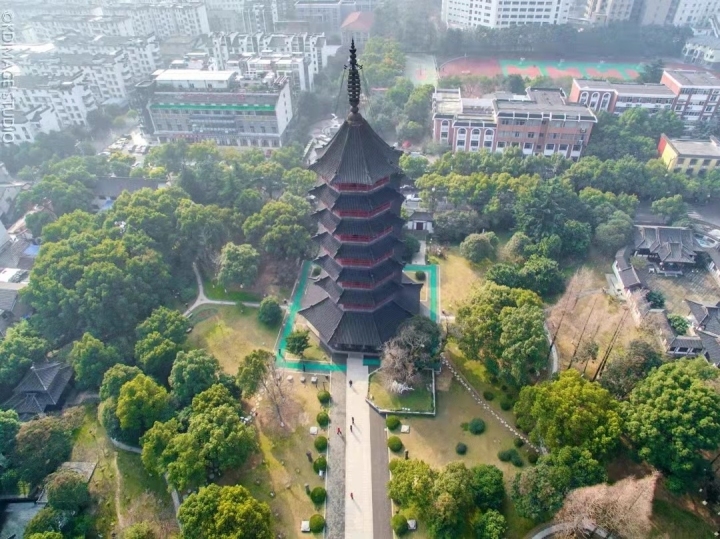
Feiyingta
According to modern people, he is a great gourmet traveler, who likes to call friends for group tours and personally do raiders for everyone.
Su Dongpo once watched the lotus flowers around Huzhou with his friends, then went to Mount Xian for a drink, and then went to Feiying Tower in the evening, overlooking the whole landscape of Huzhou from the top of the tower, and made four "friends circle" in one breath, such as one — — "Suddenly, the tallest tower, poor vision. Bianfeng shines on the battlements, making the clouds float. " It is his feeling of overlooking Bianshan and Taihu Lake after he climbed the Feiying Tower.
Su Dongpo is optimistic and open-minded all his life. He is good at looking for "little luck" in life and looking for food on the trip, which is a great pleasure.
Oranges in the lake, flowers on the stream, Guzhu camellia, Meixi papaya, Wucheng frost rice, Ruoxia spring wine, Taihu silver knife … … Su Dongpo has a special liking for Huzhou’s local products, and records all these foods in his poems, which can be said to be where he swims, where he eats and where he writes.
In addition to Su Dongpo, Dai Biaoyuan in Yuan Dynasty also relaxed and traveled to Huzhou countryside. He punched in nanxun town and drank a bowl of wine, leaving the praise of "sail out of Dongguo and ask Nanxun for wine".
Sang Ma is a common item in life for many people, but the land of Sang Ma, which grows on both sides of Tiaoxi, can never get enough of it in Dai Biaoyuan’s eyes, saying, "Tiaoxi Road in June, what do people say?" Infinite things in the world, never tire is Sang Ma’s feeling.
Not only that, he also wrote a poem with Huzhou as the title, and the phrase "Travel all over the beautiful places in the south of the Yangtze River, and live only in Huzhou" became the best advertising language for this national historical and cultural city to celebrate the Millennium!